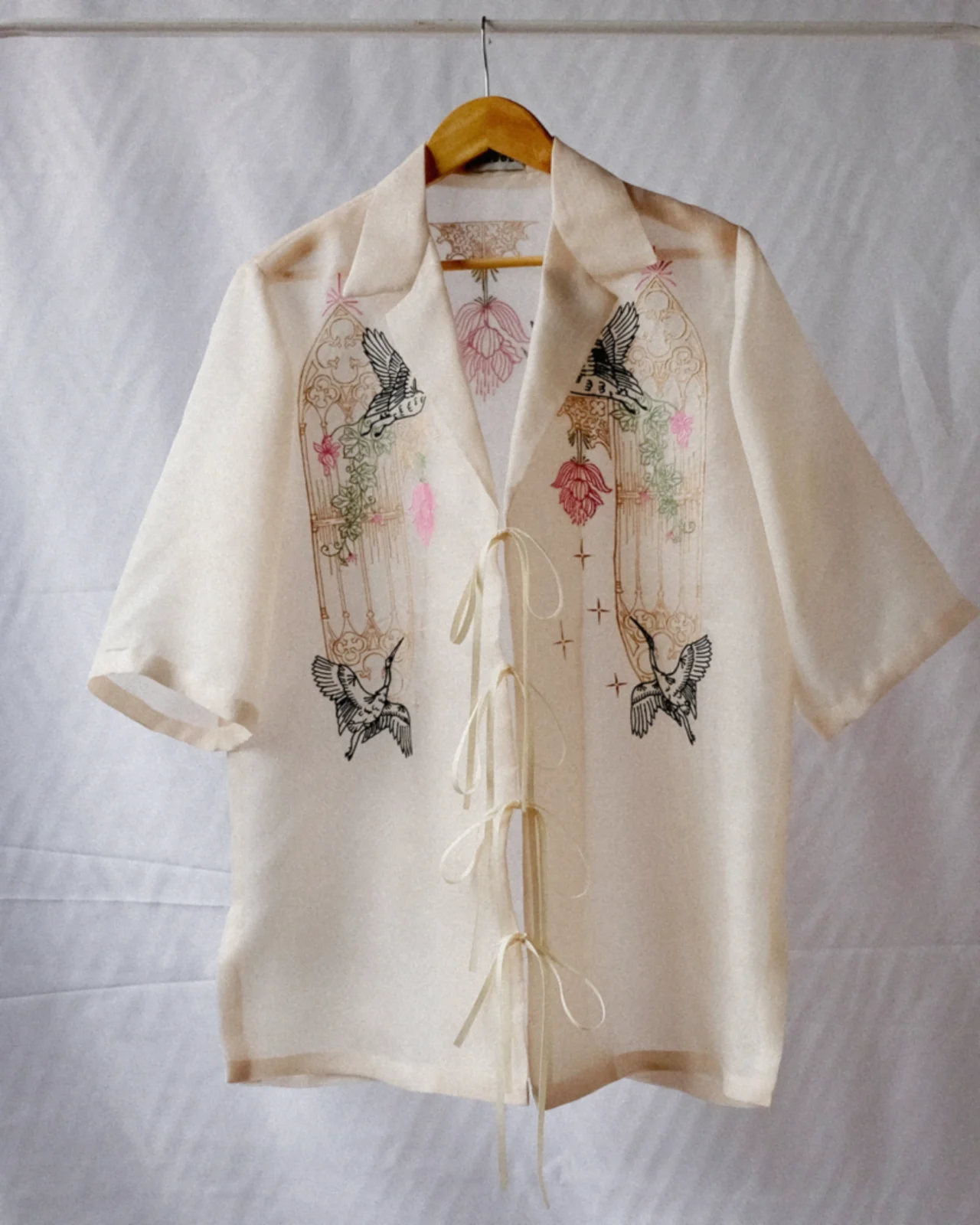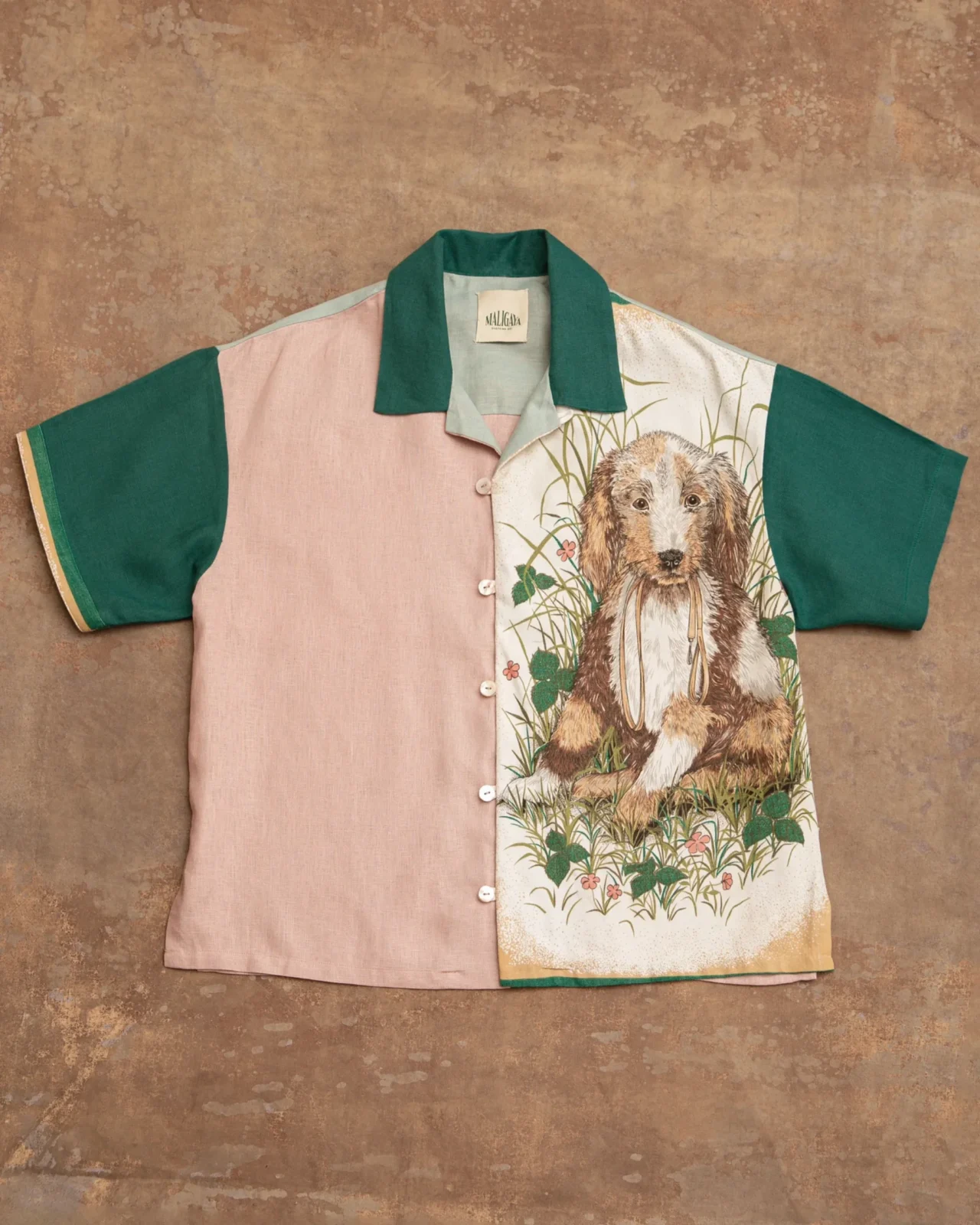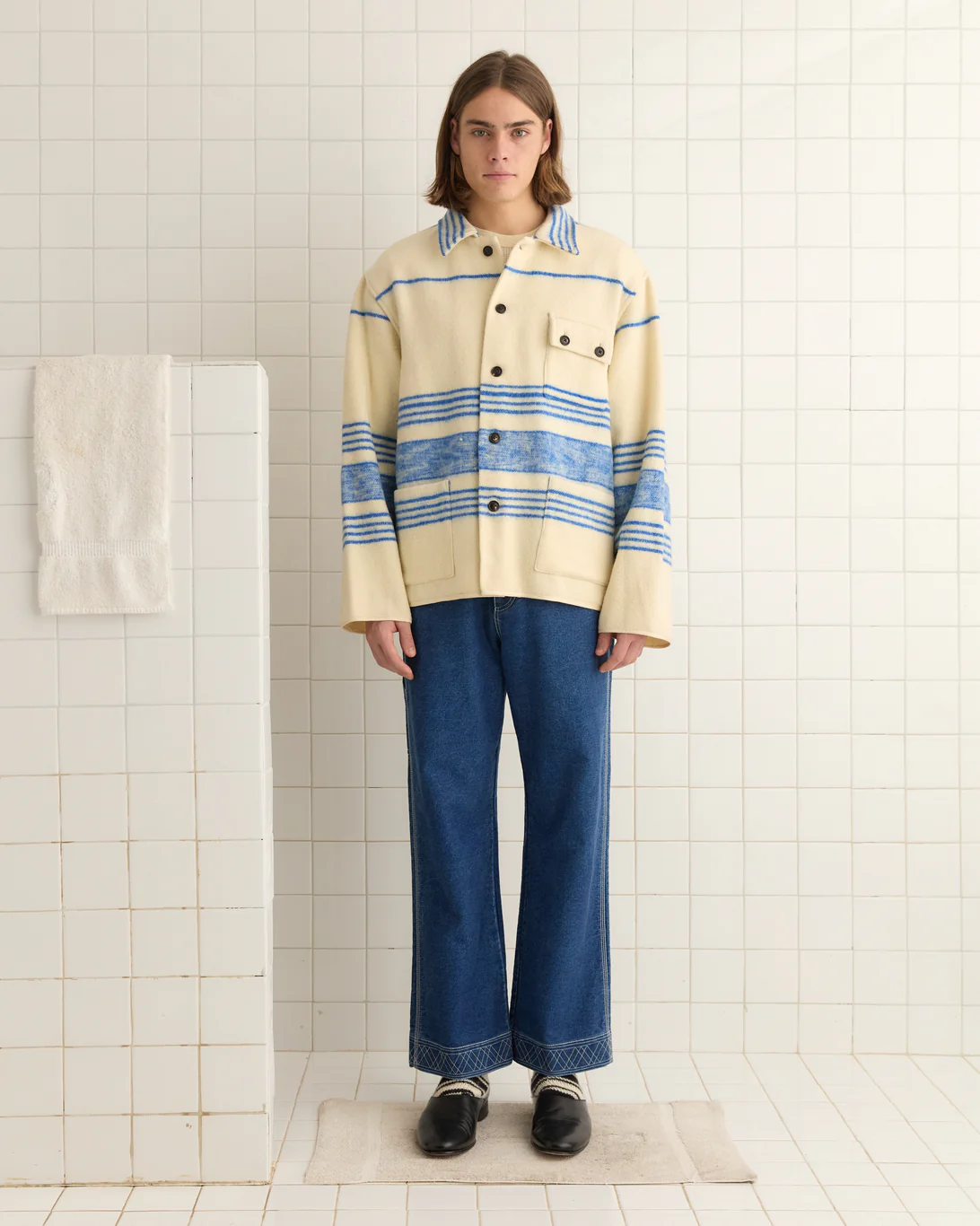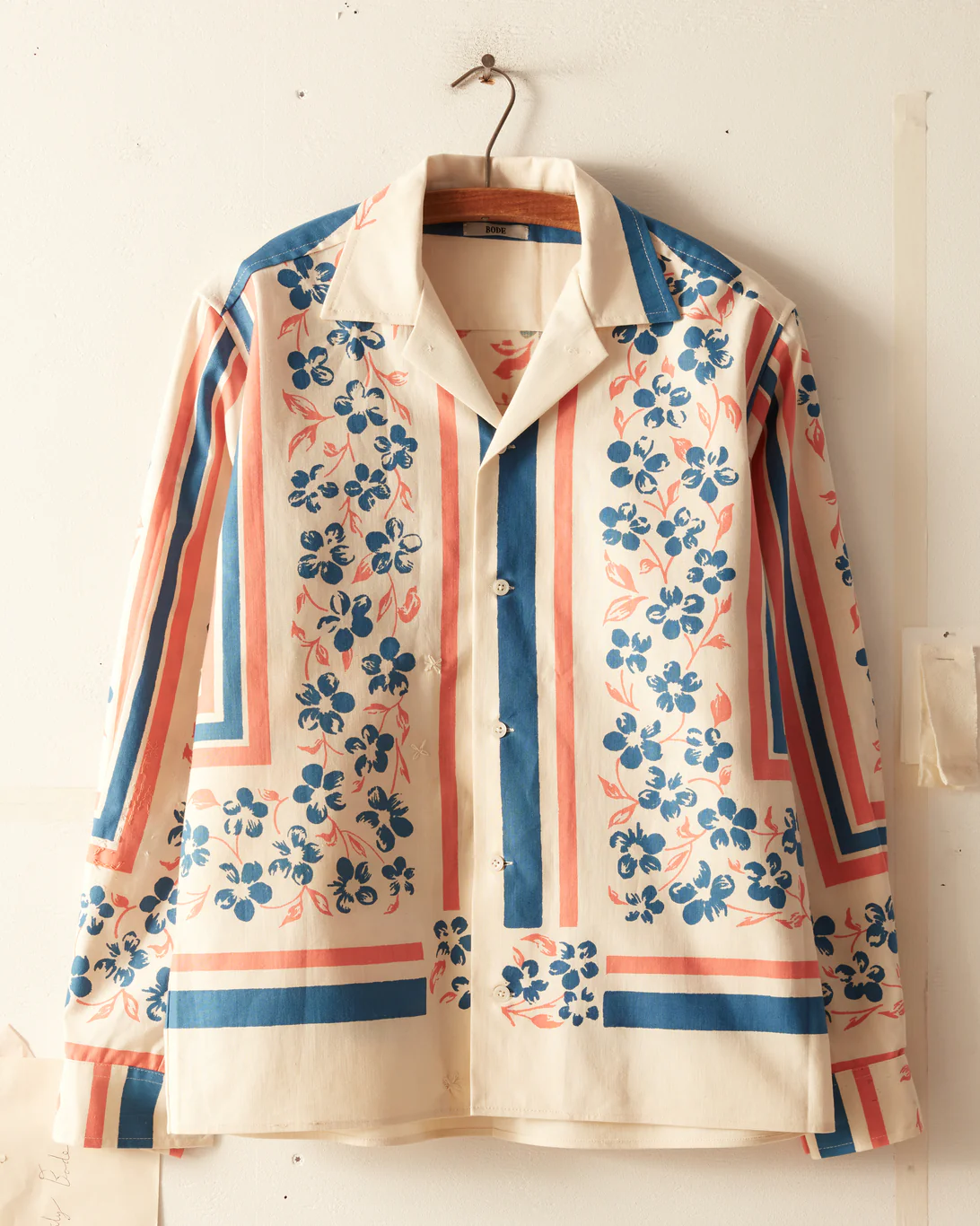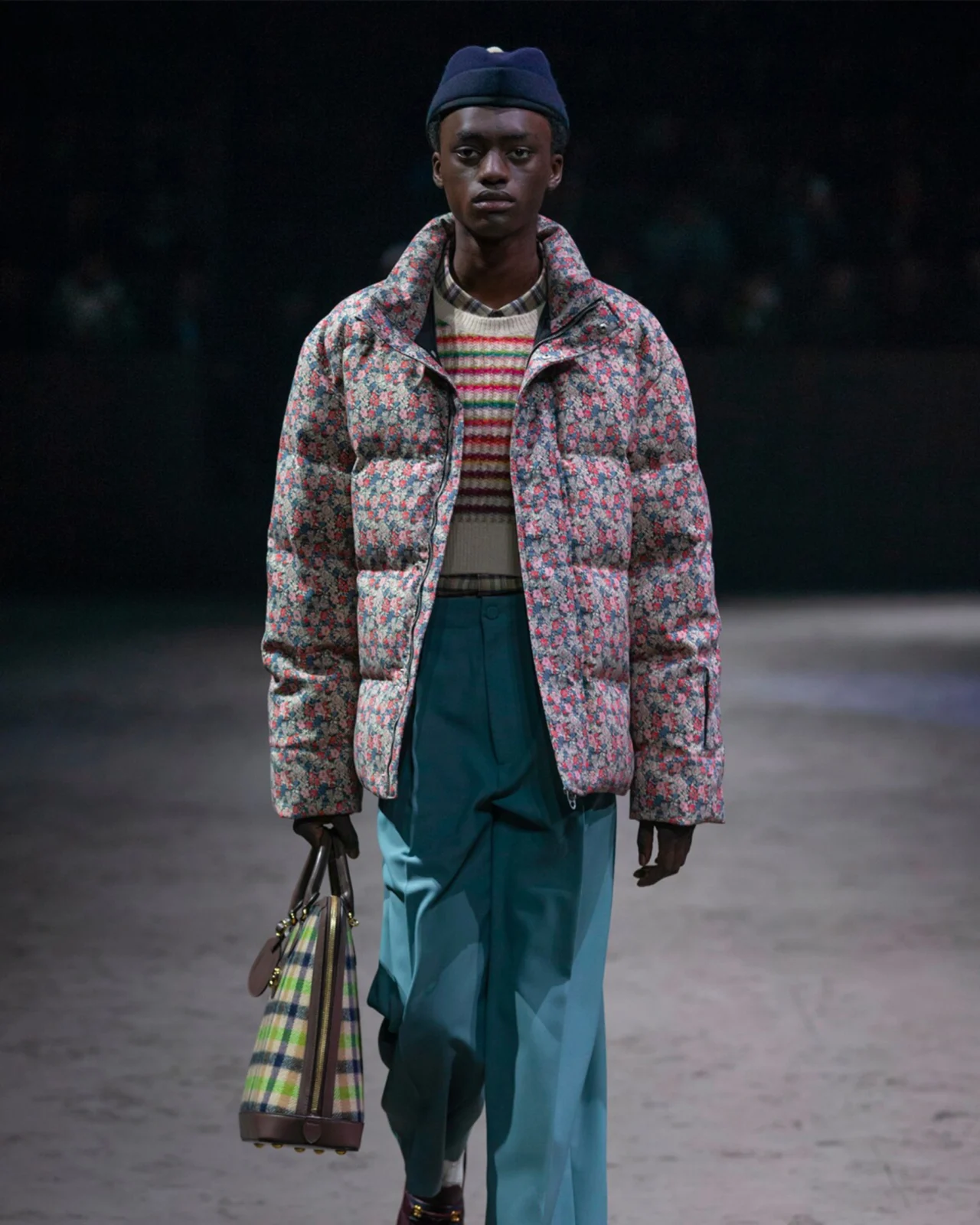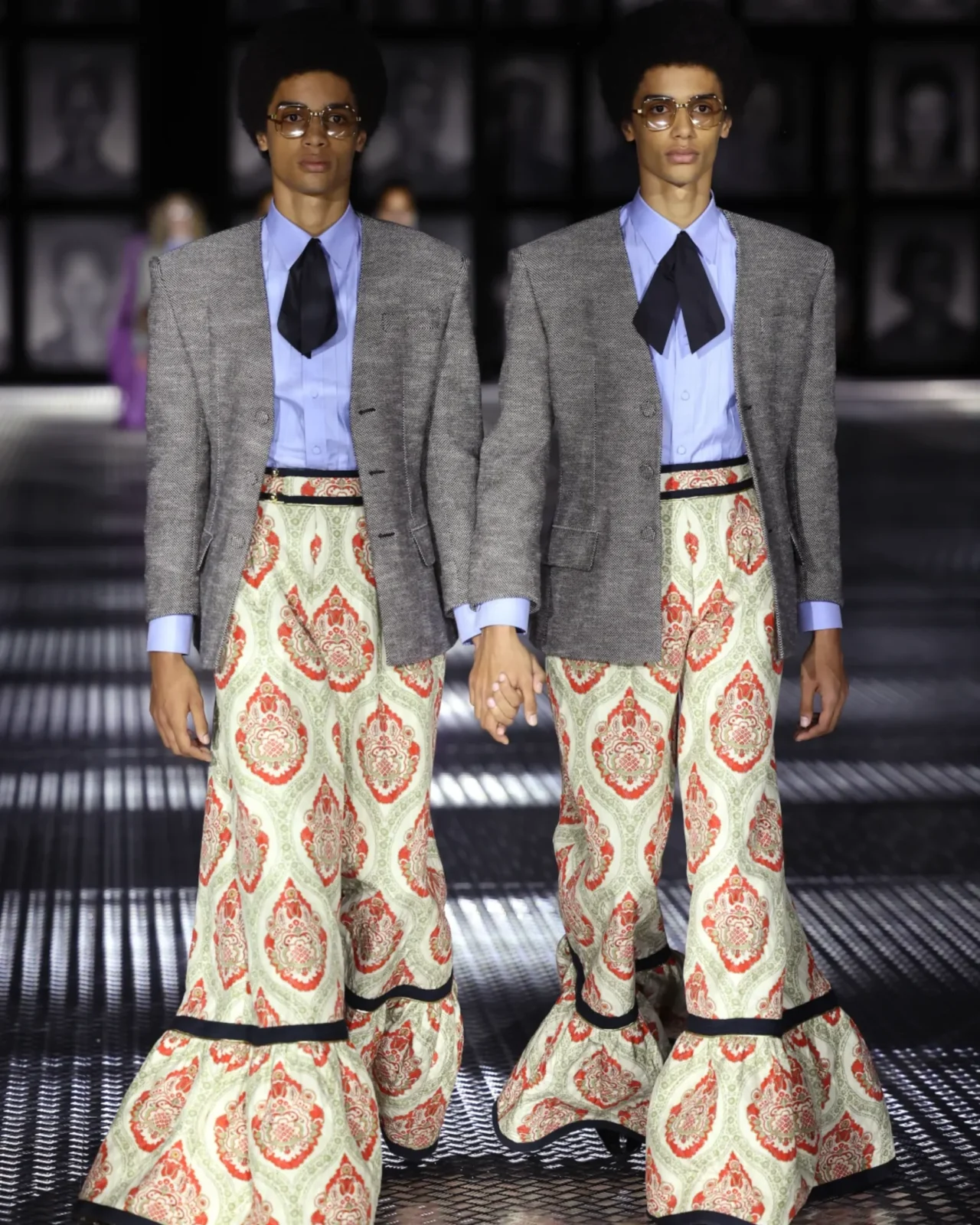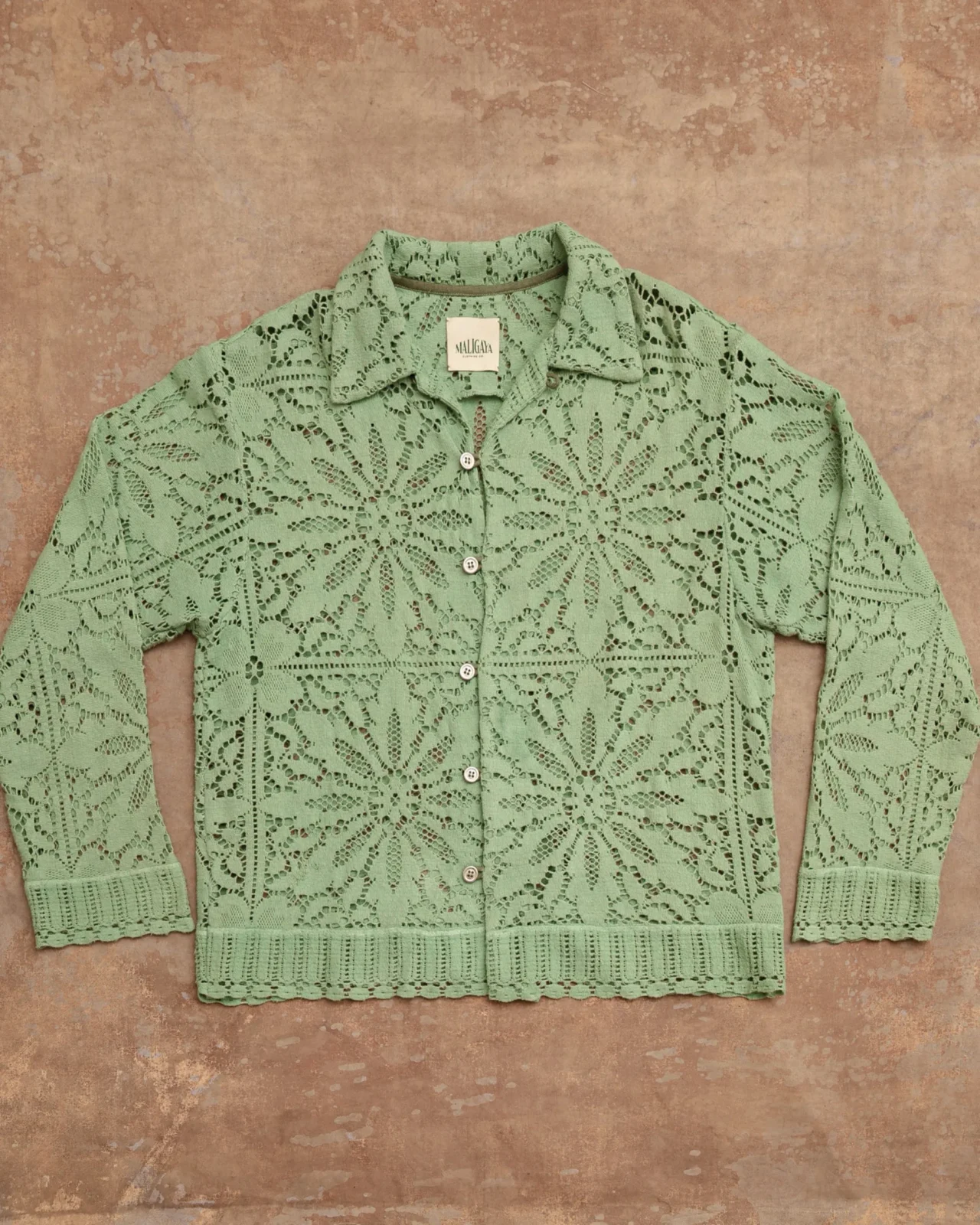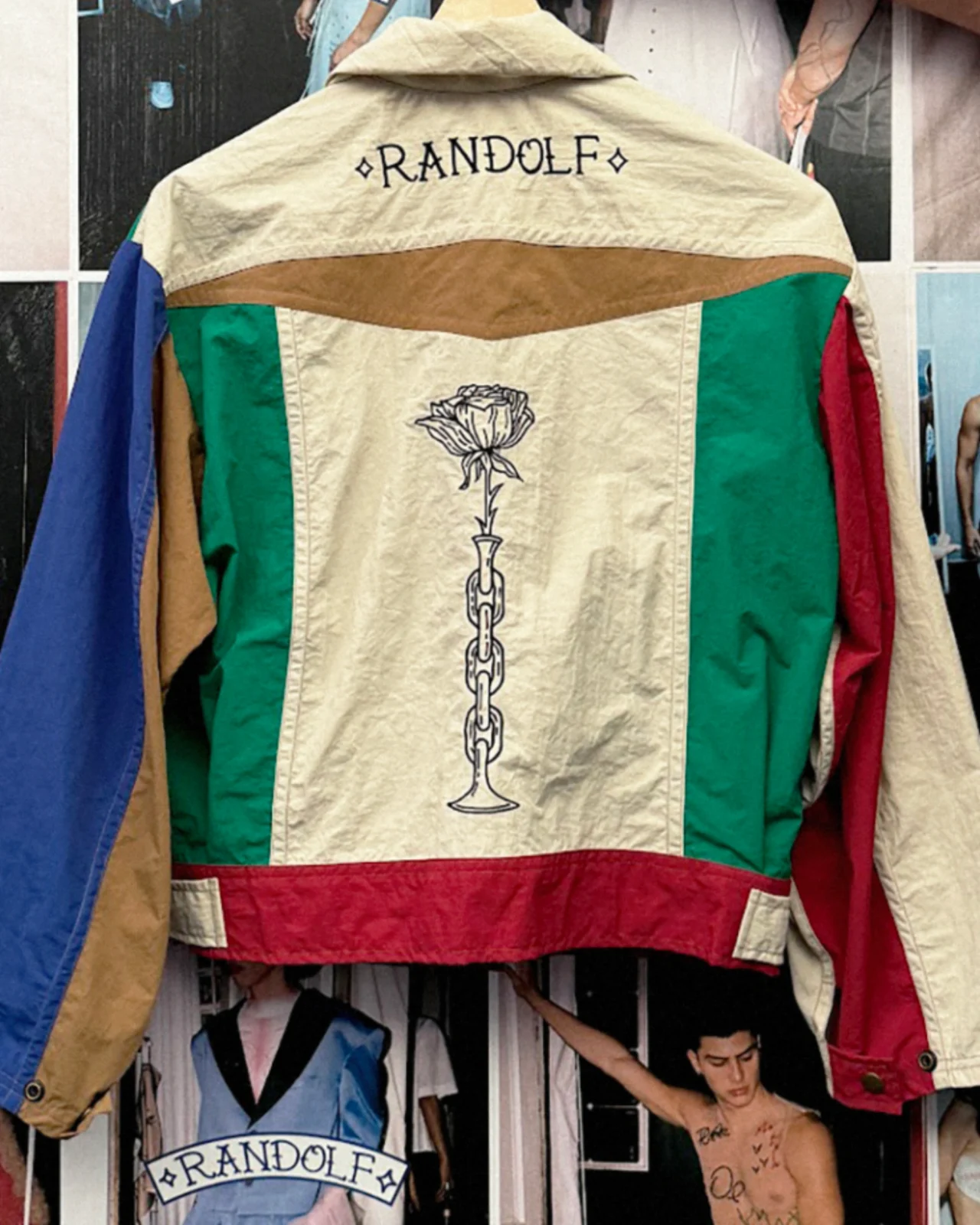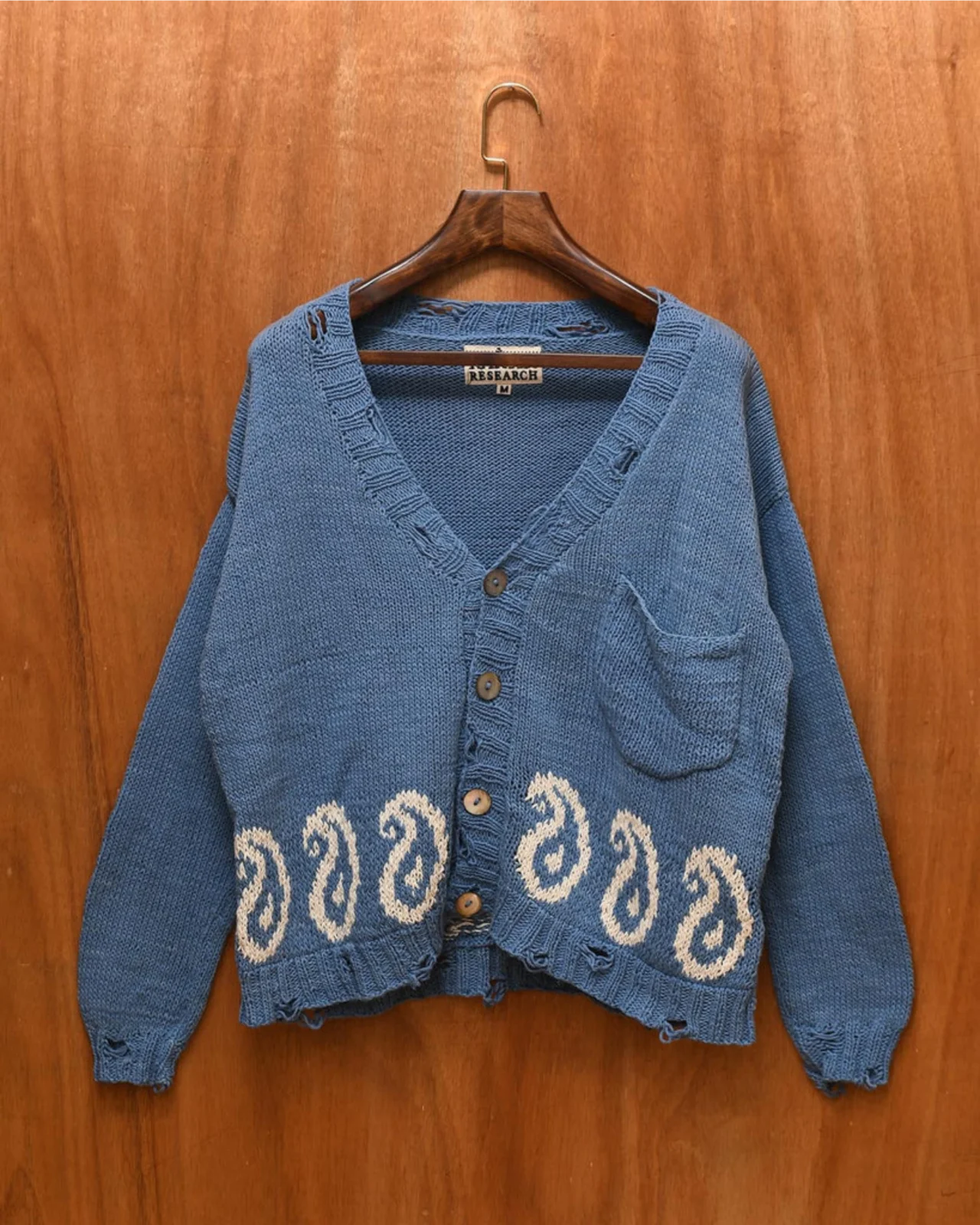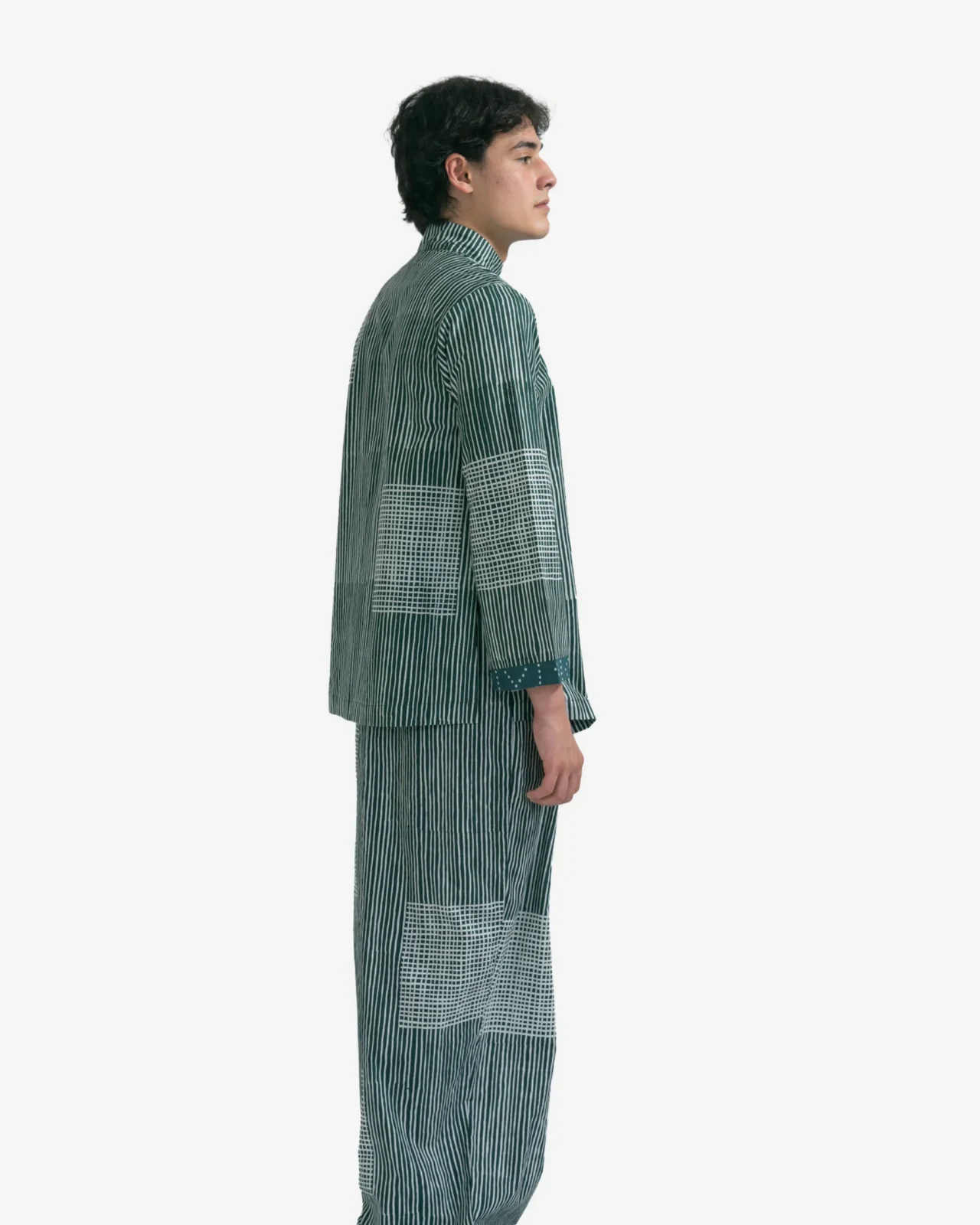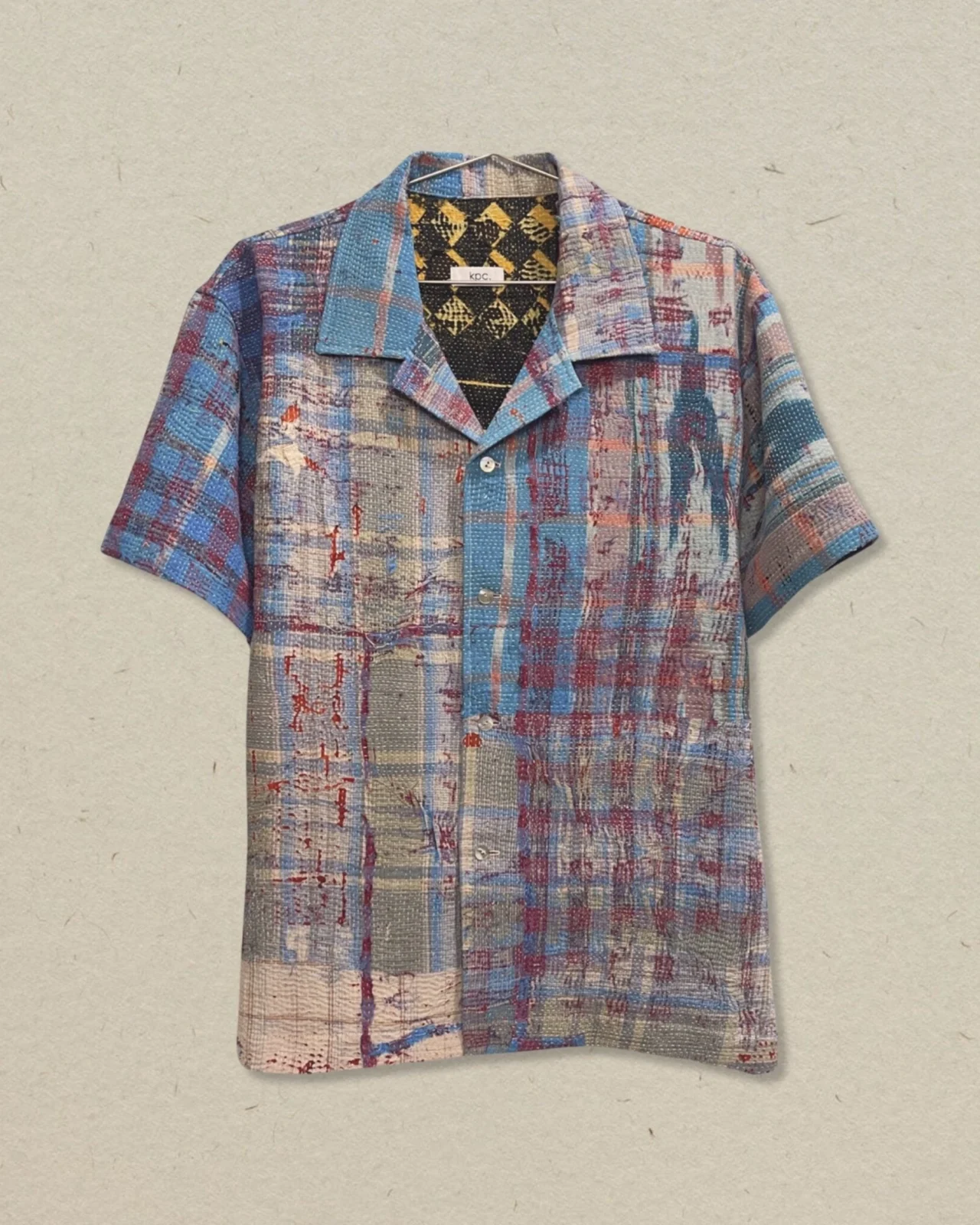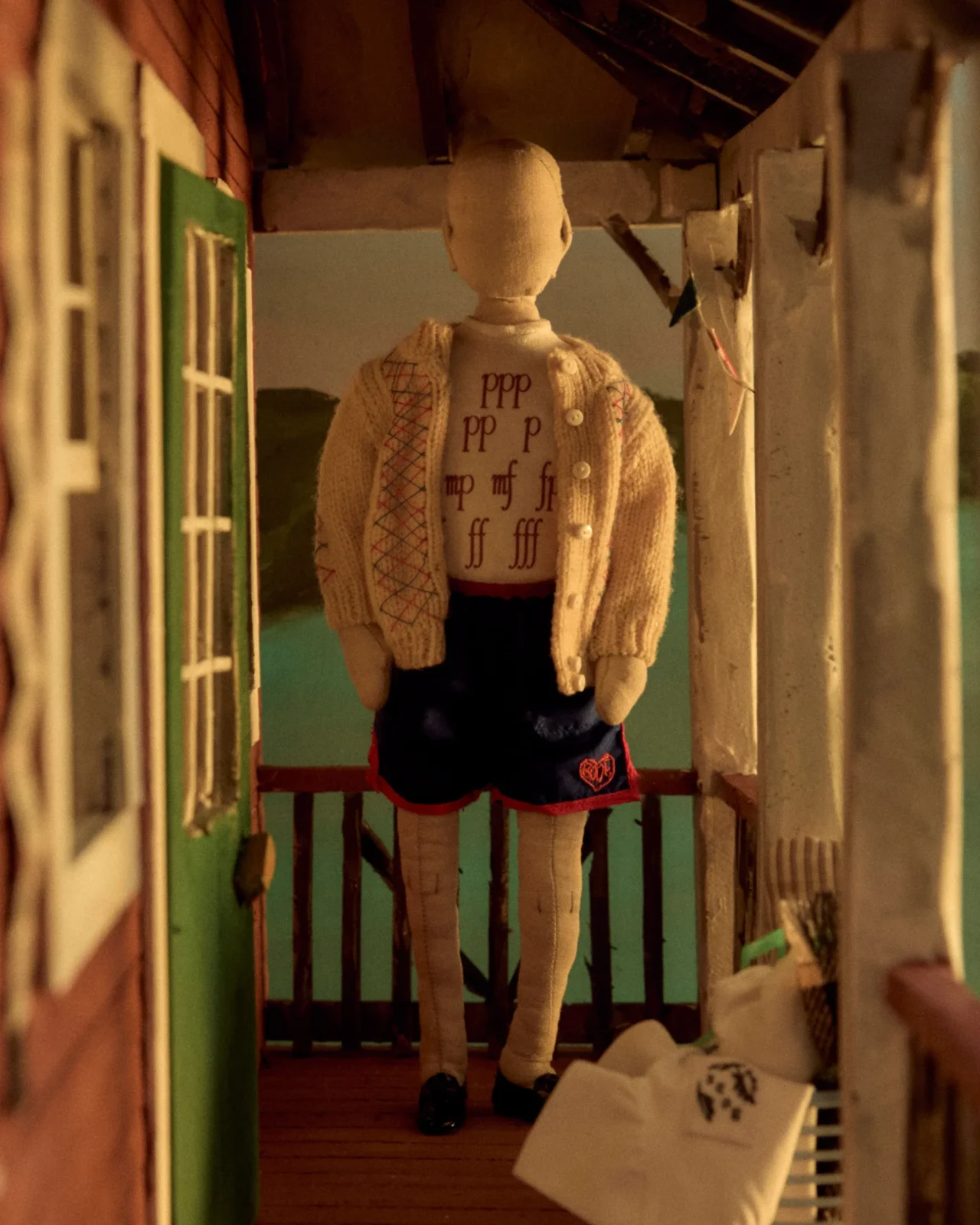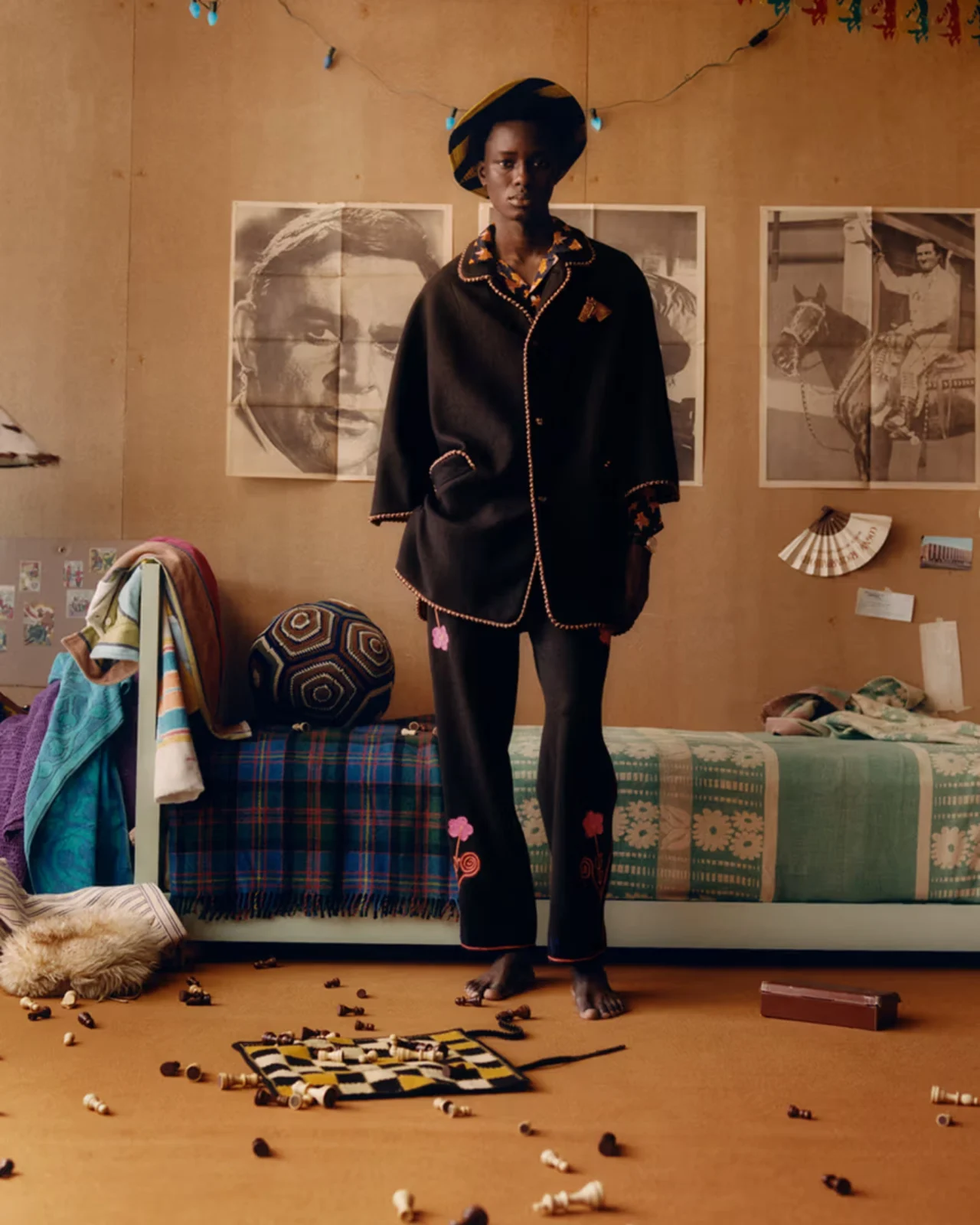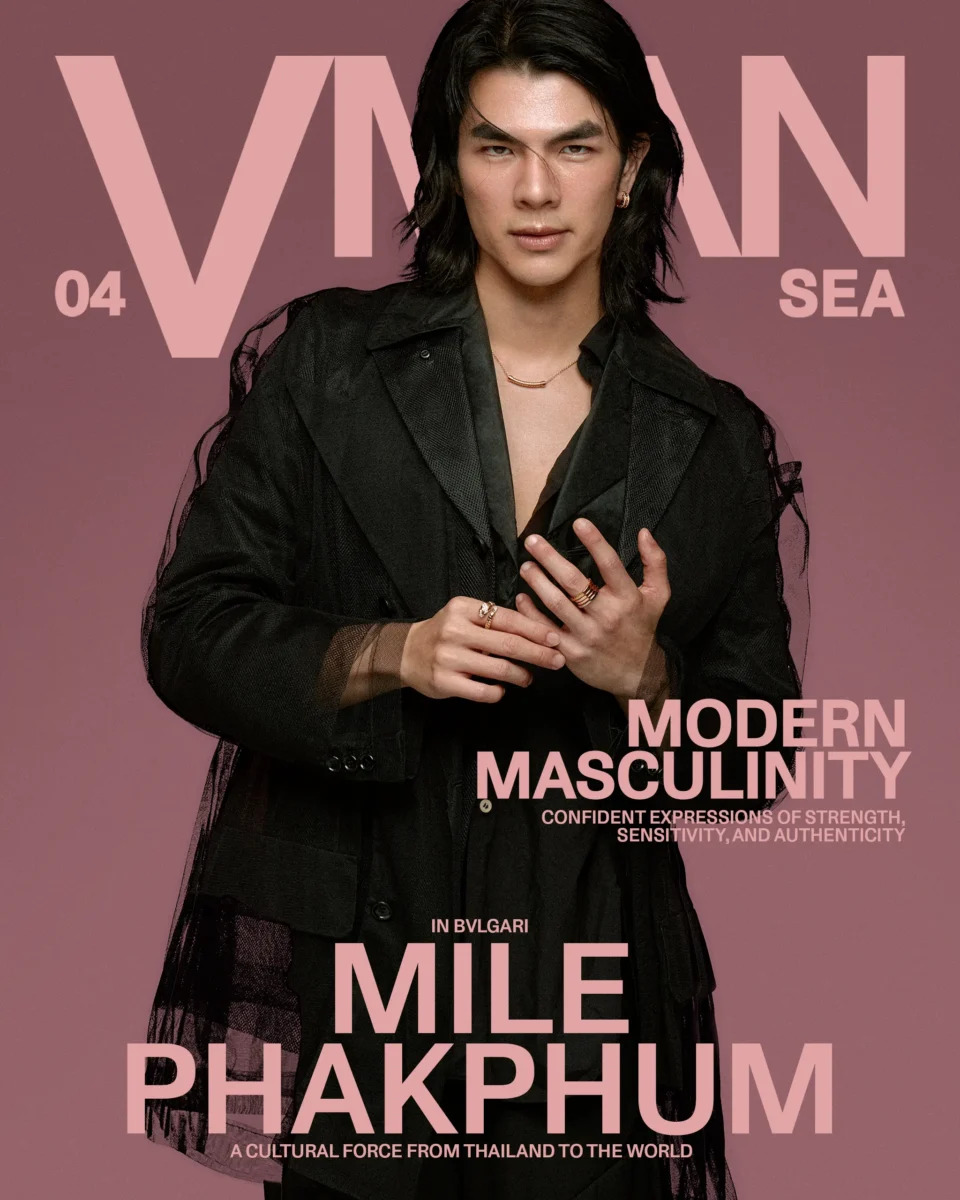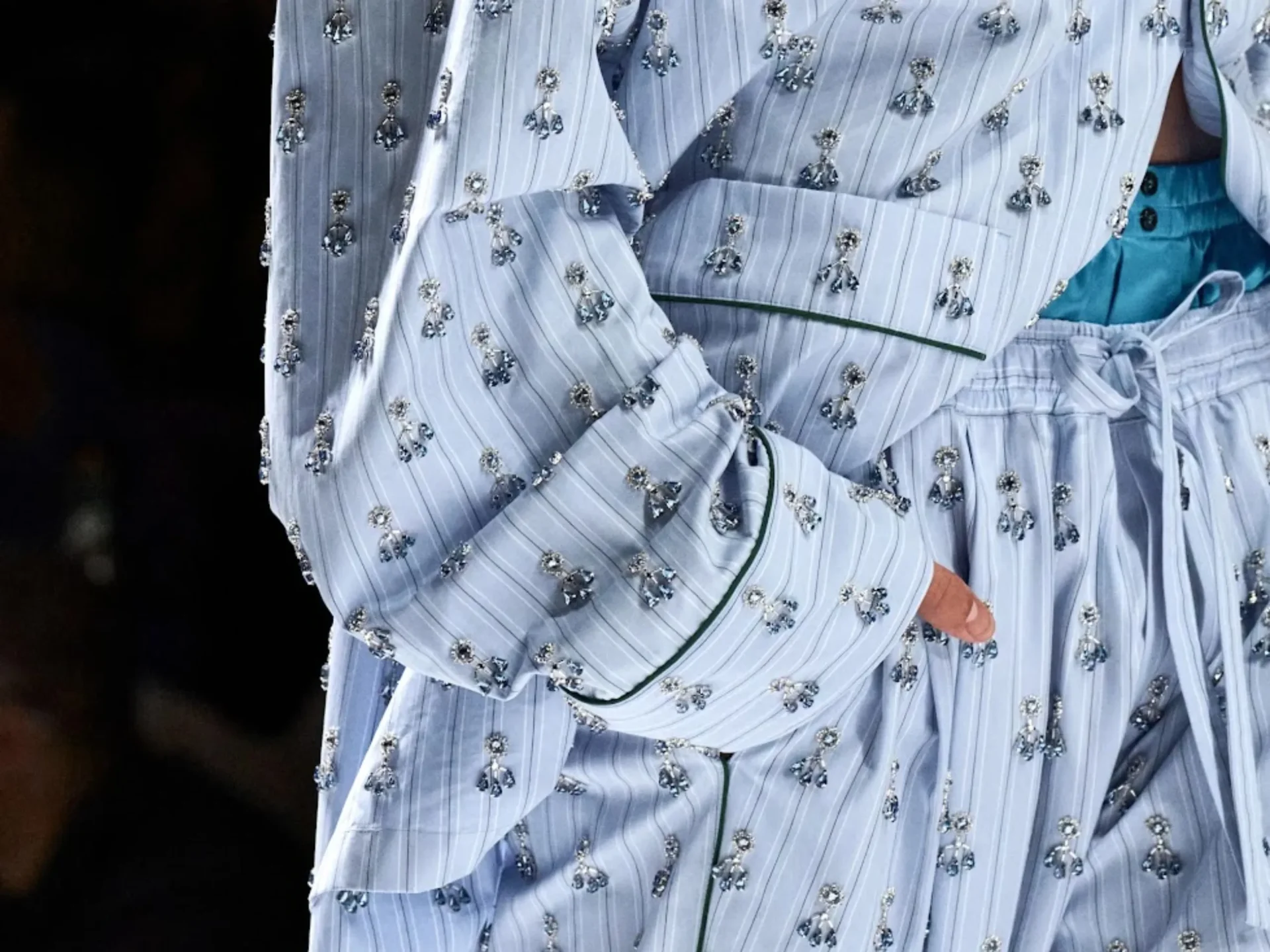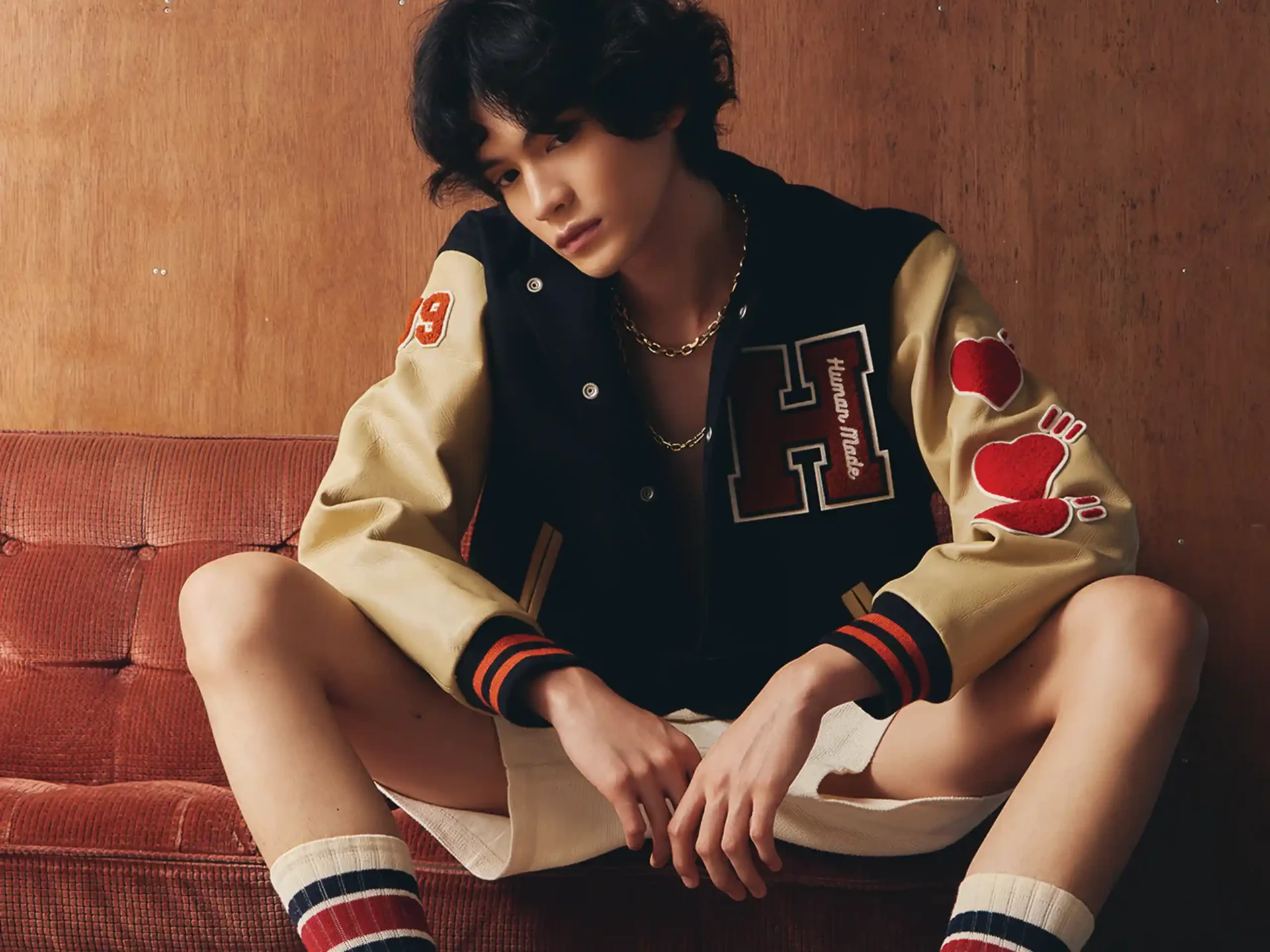Sentimental Craftcore Is Here, And It’s the Next Big Thing in Menswear
A menswear movement built on memory, handcraft, and emotional depth is reshaping how we dress, and why it matters
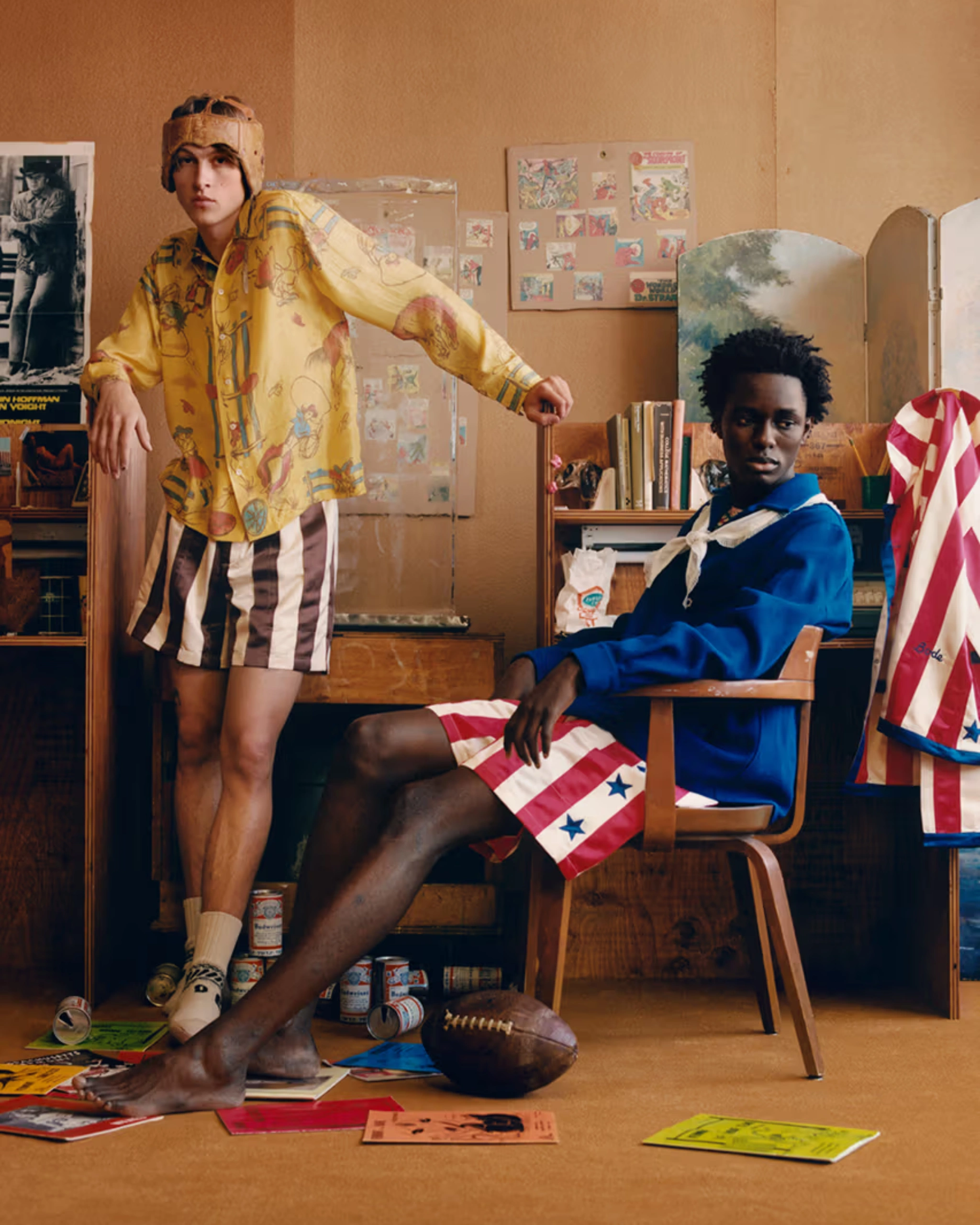
When nearly every aspect of culture feels algorithmically optimized, a curious trend has begun to take hold in menswear, one that moves in the opposite direction. It doesn’t demand attention through sleekness or shock. Instead, it speaks through hand-stitched seams, antique linens, and the reverence of garments that look like they’ve lived a life, or perhaps many lives, before finding their way into yours.
This emerging aesthetic, dubbed sentimental craftcore, is the next big trend coming your way. It’s the next major wave in menswear, and if you squint closely enough, you’ll notice it’s already cresting across the fashion landscape: at Bode’s nostalgic patchwork runways, in the mended jackets of creatives, and on the racks of obscure boutiques where garments come with stories.
At its heart, sentimental craftcore is about emotional dressing. It reflects a growing disillusionment with the sterile polish of fast fashion and the algorithmic flatness of minimalist style. In its place, there’s a hunger for memory, tactility, and care. Clothing becomes more than just what you wear; it becomes what you carry, what you remember, and how you choose to feel.
To Bode is to belong
The clearest touchstone for this movement is the rise of Bode, the American brand founded by Emily Adams Bode Aujla in 2016. From its inception, Bode offered something radically tender: trousers sewn from 1950s embroidered tablecloths, jackets built from antique quilts, and shirts that looked like they belonged in a sepia-toned family photo album. The clothes felt less like fashion and more like artifacts. They were embroidered with thread and with narrative.
Bode’s rapid ascent in the 2020s signaled a cultural shift. Menswear, long obsessed with structure, precision, and surface, was softening. Alessandro Michele’s romantic overhaul of Gucci just a year prior laid crucial groundwork. In 2015, Alessandro disrupted the house’s jet-set formula and introduced an aesthetic steeped in vintage eccentricity and poetic excess. His models strut and wandered. His suits looked like they had been pulled from dusty attics and curated curiosity shops. The era of the rockstar male was giving way to something gentler and more emotionally complex.
But while Alessandro’s Gucci, as seen above, was a lush and maximalist fantasy, Bode’s vision felt more grounded, handmade, frayed, and warm. It was romantic not in the grand literary sense, but in the domestic: the remembered scent of a cedar drawer or the fragile embroidery of a grandmother’s apron.
The craft in the core
The essence of sentimental craftcore lies in visible labor. It’s an aesthetic that celebrates the hand that sews. A stitched-on patch is a declaration. A wobbly line of embroidery is honest. From the raw indigo blues of Japanese boro to the delicate lace of Filipino Maligaya and Randolf garments, this movement favors the imperfect, the irregular, and the real.
It’s also deeply global. While brands like Story MFG in the UK offer earthy dyeing and patchwork rooted in slow fashion principles, others, such as India’s Kartik Research or Indonesia’s Sejauh Mata Memandang, blend traditional textile techniques like block printing and batik with modern silhouettes. In New Jersey, Found merges rural American nostalgia with South Asian craft. In Atlanta, KPC crafts one-of-one garments from 1930s chenille and forgotten linen scraps.
Each of these labels shares a commitment to process over product and to texture over trend. But more importantly, they reflect a yearning to anchor fashion in something that feels lasting, tangible, even sacred.
The Wes Anderson effect
To understand the cultural momentum behind this movement, one need look no further than the enduring influence of filmmaker Wes Anderson. His movies, delicately color-coded and emotionally calibrated, function like mood boards for the sentimental craftcore ethos. Whether it’s the imperfect fur of Isle of Dogs or the faded schoolboy uniforms in Rushmore, Wes’ films speak to a stylized memory. They capture the visual poetry of what once was and the melancholy of what can no longer be.
ALSO READ: Cannes We Kick Off Already? These 7 Films Are About to Set France on Fire

Fashion, like cinema, is about world-building. And in this world, past and present coexist. The garment is worn and inhabited.
In the same way the Arts and Crafts Movement of the late 19th century reacted to industrial uniformity with handmade authenticity, today’s craftcore designers are responding to the digital deluge. When nearly every style is instantly accessible and trend cycles shrink to weeks, sentimental craftcore offers an antidote: story and soul.
It’s clothing as memory. A stitched pocket might echo a grandfather’s hunting vest. A hand-mended sleeve might remind you of a mother’s careful touch. In an age obsessed with frictionless convenience, there’s radical meaning in choosing garments that take time, and carry time.
How to dress with feeling
Incorporating this style doesn’t require a full wardrobe overhaul. Start with a single piece, a vintage shirt with visible darning, a hand-quilted jacket, even a small patch on your favorite pair of jeans. Choose pieces that feel like they’ve lived, and allow them to keep living on you.
Sentimental craftcore isn’t fashion’s next maximalist detour. It’s a return to meaning. It asks: What does it feel like to wear something that mattered to someone else? And what would it mean for your wardrobe to become a vessel, not just for style, but for memory and emotion?
In 2025, as clothes are churned out with all the romance of a fast fashion warehouse, the real revolution may be happening at the seams, hand-sewn, imperfect, and tender.
After all, perhaps the most radical thing a man can wear today is something that makes him feel.
Special thanks Peter’s Prism
Photos courtesy Bode, Randolf, Maligaya, Gucci, Kartik Research, Sejauh Mata Memandang, Found, KPC, IMDB

